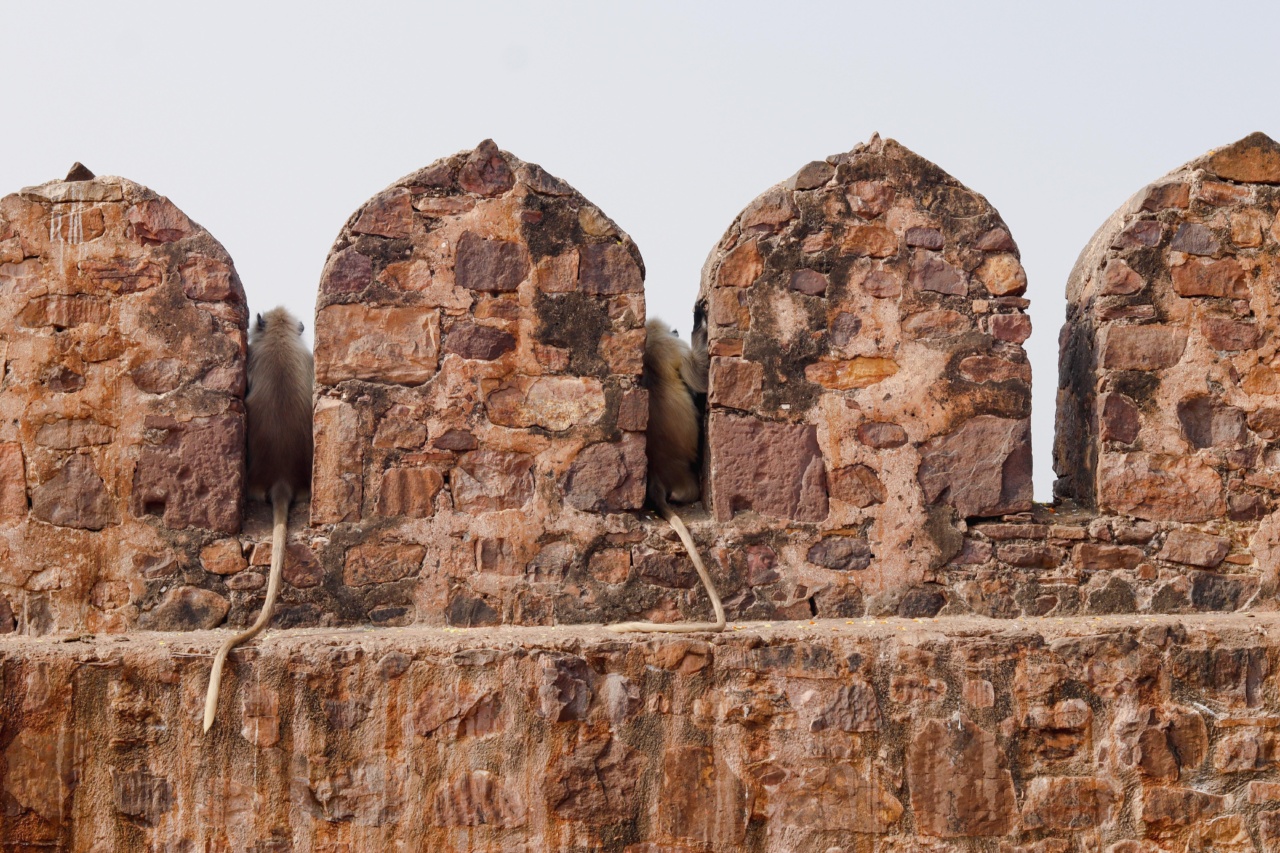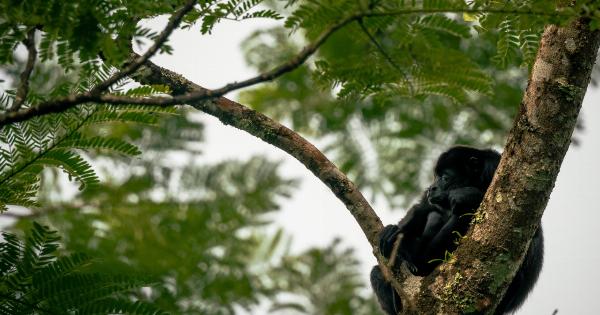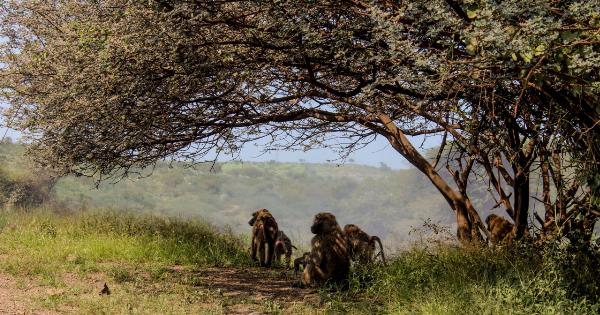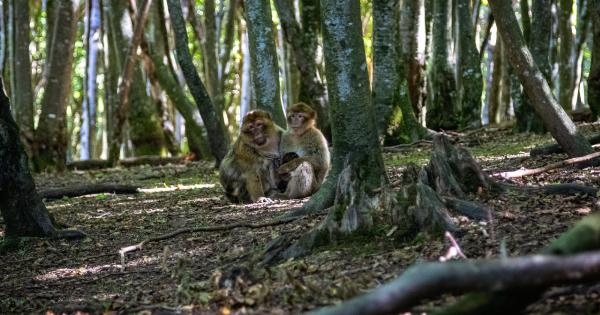In the old region of Epirus, an alarming phenomenon has been observed – the spreading of the plain of monkeys.
This article aims to delve into the causes behind this unusual occurrence and discuss possible remedies to prevent further proliferation.
The Origins of the Plain of Monkeys
The plain of monkeys, also known as the monkey meadow, is a vast stretch of land in Old Epirus that has become inhabited by a significant population of monkeys.
This phenomenon is believed to have originated from the introduction of a small group of monkeys to the region several decades ago.
It is said that these monkeys were brought to Old Epirus as pets by a wealthy traveler. However, due to unknown circumstances, the monkeys were released into the wild.
Over time, this small group multiplied, resulting in the formation of the plain of monkeys.
Environmental Factors
Several environmental factors have contributed to the proliferation of the plain of monkeys. Firstly, the ample food sources available in the region have allowed the monkey population to thrive.
The fertile soil provides a flourishing habitat for various plants and fruits, which serve as a natural food source for the monkeys.
In addition, the absence of natural predators has contributed to the unchecked growth of the monkey population. Without any threat to their survival, the monkeys have been able to establish dominance over the region and reproduce at an alarming rate.
Impact on Ecosystem
The presence of the plain of monkeys has had a profound impact on the local ecosystem. As the monkey population continues to grow, their foraging activities have led to the destruction of vegetation in the region.
This has disrupted the balance of the ecosystem, affecting the survival of various plant and animal species.
Furthermore, the monkeys’ aggressive behavior has posed a threat to human populations residing near the plain. Reports of monkeys encroaching on residential areas and attacking individuals have raised concerns for public safety.
Finding a Solution
Addressing the issue of the spreading plain of monkeys requires a multi-faceted approach. One potential solution is the implementation of controlled hunting programs.
By selectively reducing the monkey population, it is possible to restore balance to the ecosystem and mitigate the negative impacts.
Another approach is to establish protected areas within the plain of monkeys, where alternative food sources can be provided to discourage the monkeys from encroaching on human settlements.
These protected areas can also serve as research centers to monitor the population growth and behavior of the monkeys.
Public Awareness and Collaboration
Creating awareness among the local population is crucial in finding a long-term solution to the spreading plain of monkeys.
Educating the residents about the ecological importance of preserving the region’s biodiversity can foster a sense of responsibility and encourage their active participation in conservation efforts.
Collaboration between local authorities, environmental organizations, and research institutions is essential for effective management of the issue.
Sharing resources, knowledge, and expertise can facilitate the development of sustainable strategies to control the monkey population and restore the ecosystem.
Long-Term Monitoring and Conservation Measures
After implementing short-term measures, it is equally important to establish long-term monitoring and conservation programs.
This includes conducting regular surveys to assess the impact of reduction programs, tracking changes in the ecosystem, and ensuring the sustainable growth of the monkey population.
Conservation measures should focus not only on the monkeys but also on protecting the broader ecosystem.
This entails restoring and preserving the vegetation in the region, promoting the recovery of affected plant and animal species, and enforcing regulations to prevent further introduction of non-native species.
Conclusion
The spreading plain of monkeys in Old Epirus is a complex issue with ecological and human consequences. Understanding the causes behind this phenomenon and implementing appropriate measures is crucial for preserving the biodiversity of the region.
By raising public awareness, promoting collaboration, and implementing sustainable conservation strategies, it is possible to find a cure for the spreading plain of monkeys.





























